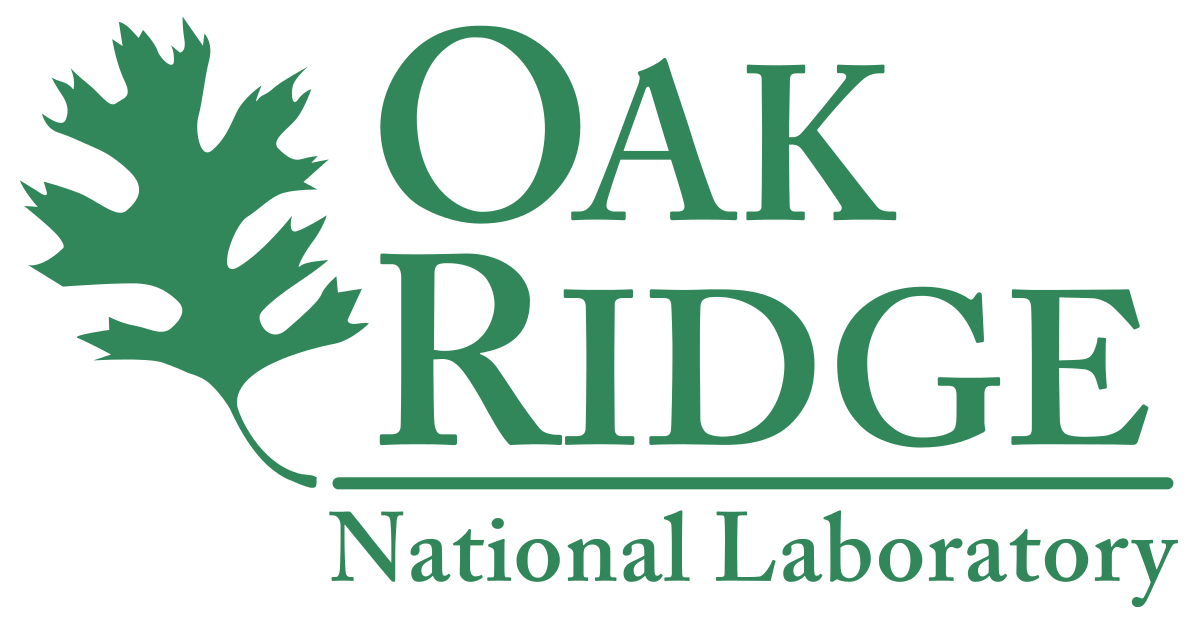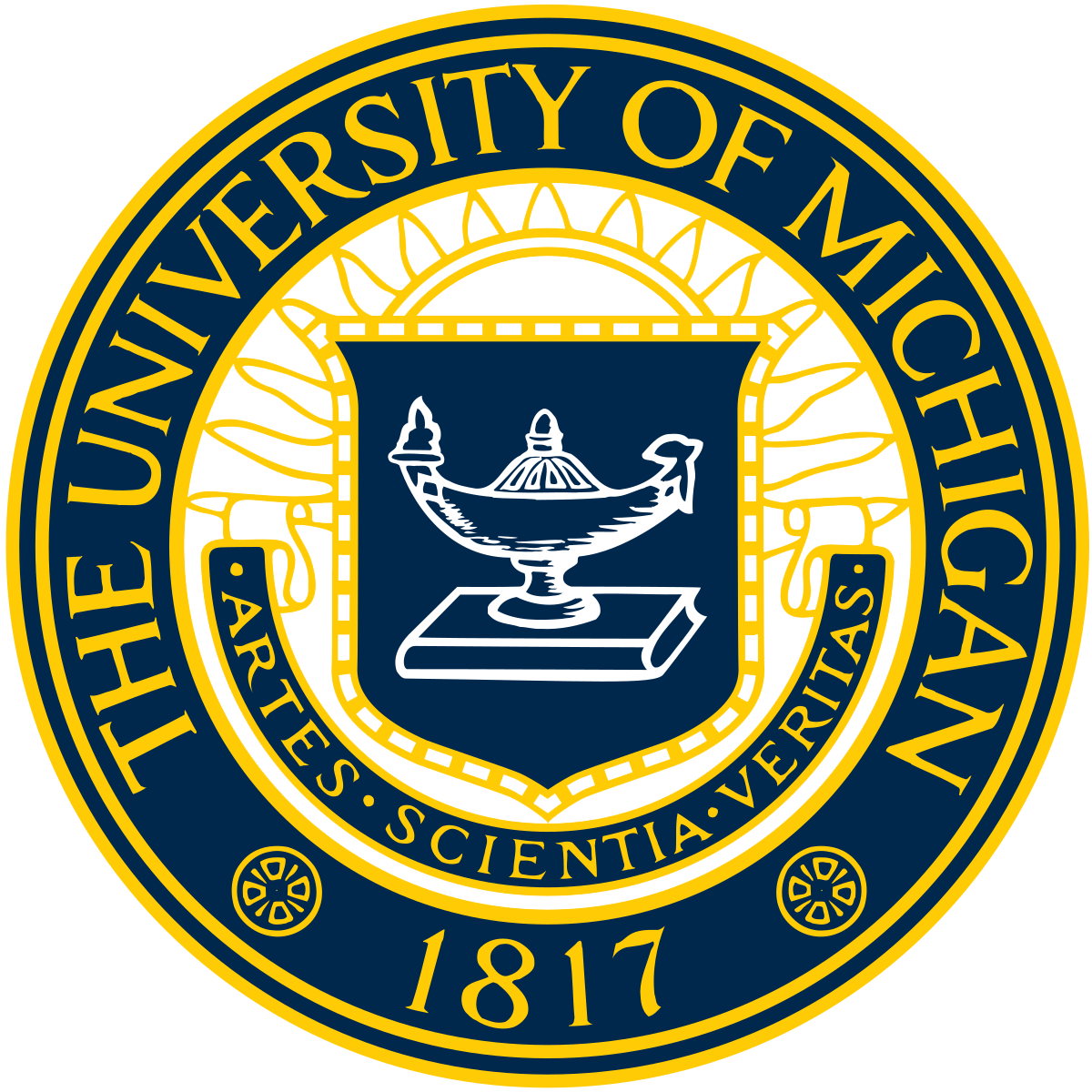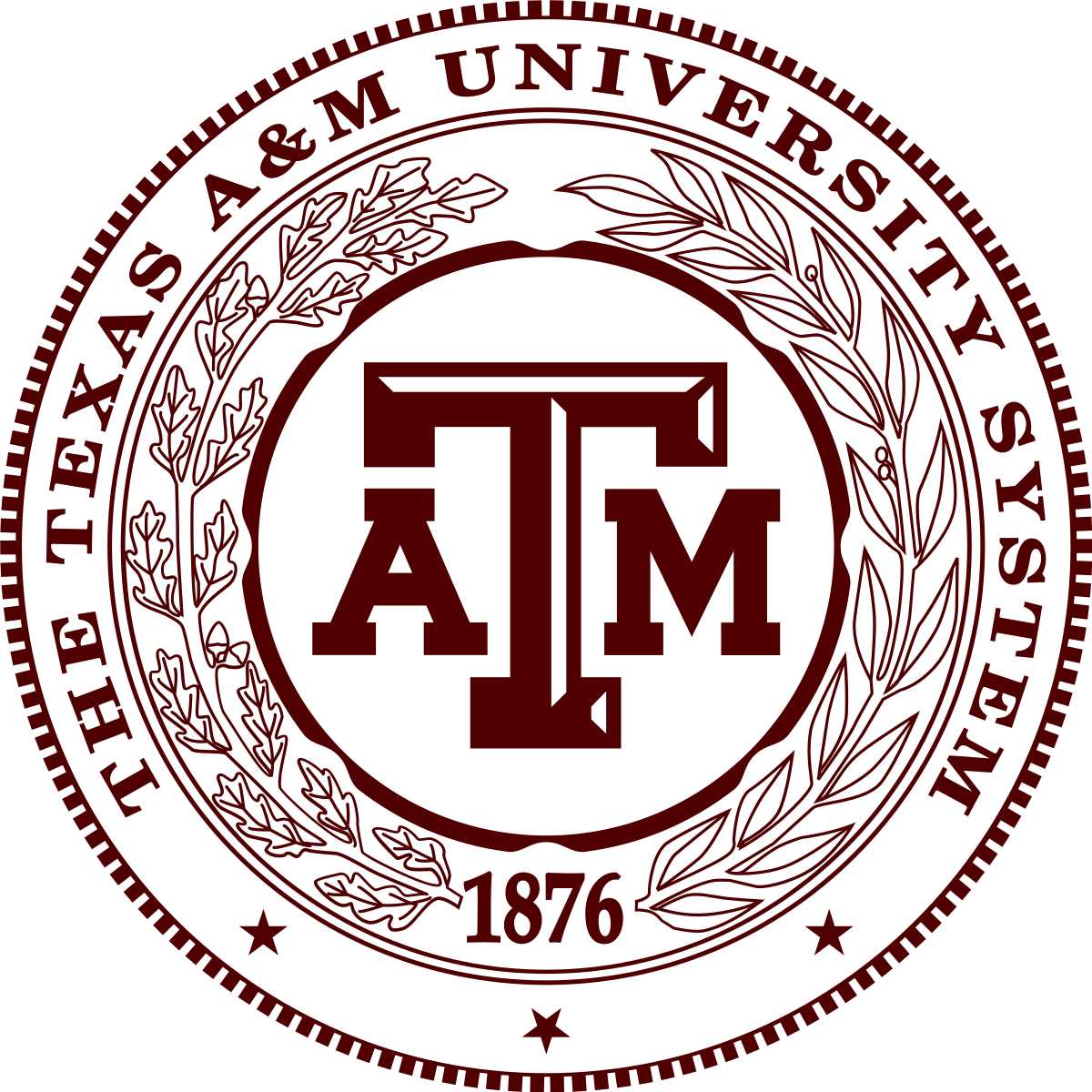GOKHAN YESILYURT
|
|
Experience

Greenbelt, MD
Lead Nuclear Engineer
2015 - Current
Developing a comprehensive suite of codes XSTERM for quantification of the Xe-100 Pebble Bed high temperature gas cooled reactor (HTGR) source terms. Validated mechanistic source terms are essential requirements for licensing applications, but also play an important role during the design phases of the Xe-100 plant.
Developed SCALE model of the XE-100 reactor core for fuel depletion analysis.
Supporting reactor core neutronics design activities.

Lemont, IL
R&D Nuclear Engineer
2011 - 2015
Employed by Argonne National Laboratory (ANL) as an R&D staff to perform nuclear code and method development as well as fuel management calculations.
Worked with widely used fast nuclear reactor tools such as DIF3D, REBUS, VARI3D, MCODE, and MCODEFM.
Performed conversion of the highly enriched Uranium fuel to low enriched Uranium fuel for many research test reactors in the Reduced Enrichment Research Test Reactor (RERTR) program.

Oak Ridge, TN
Post-Doctoral Research Associate
2009 - 2011
Employed by Oak Ridge National Laboratory (ORNL) through Oak Ridge Institute for Science and Education (ORISE) to perform nuclear code development in reactor physics group.
Developed a standalone library version of the isotopic depletion, decay, and transmutation code ORIGEN-S to run independently of SCALE code system. Implemented three demonstration drivers in Fortran90, C and C++ to couple ADVENTURE (thermo-mechanics), Denovo (3D transport), and NESTLE (reactor core physics) codes.
Took classes SCALE classes at the ORNL and used them for ongoing projects.
Involved in the development team of the new 3D nuclear fuel performance code (AMP).
Integrated the standalone version of ORIGEN-S into AMP to allow depletion calculations.
Other activities involved the development and benchmarking of the 3D discrete ordinates (SN) transport code DENOVO on the world’s leading supercomputer, a Cray XT5 (Jaguar).

Oak Ridge, TN
Intern
2007
Employed by Oak Ridge National Laboratory (ORNL) to develop an exploratory tool for chemical kinetics analysis of reaction mechanisms (XChemKin) in parallel computer architectures to compute and investigate the evolution of complex chemical species and to develop a comprehensive understanding of a particular process.
By virtue of parallel computing, a mesh of phase space points was created for a given reaction mechanism and distributed across a pool of processes via the master-slave scheme. By looping over the mesh points the reaction mechanism phase space was traversed with the aid of parallel computers. This scalable master-slave scheme was implemented successfully in C++ for parallel computer architectures providing the opportunity to generate unprecedented information on a given reaction mechanism as the computer power of parallel machines grow.
In addition, an attempt at reducing the reaction mechanism automatically by systematically eliminating minor species and its corresponding reactions was demonstrated as another practical use of XChemKin.

San Diego, CA
Intern
2006
Employed by General Atomics fission group as a part of summer internship program to perform practical engineering tasks regarding prismatic modular helium reactor technology, a GEN-IV type reactor design with hopeful future prospects.
Upgraded the GA coated particle structural design code PISA, implementing all coated failure mechanisms including fission product (FP) gas release, fuel swelling, kernel migration and FP attack to SiC layer for eventual incorporation into the core design core suite. An improved version of the PISA code was developed with new features successfully.
Performed presentation of the special effects like asphericity, debonded layers and local thinning of coatings with a structural analysis code ANSYS.

Ann Arbor, MI
Graduate Research Assistant
2004 - 2009
Employed by Nuclear Engineering and Radiological Sciences (NERS) department to develop simplified methodologies to allow accurate and efficient simulation of VHTR configurations accounting for temperature feedback and depletion.
Developed a cross platform Application Program Interface (API) to couple Monte Carlo code MCNP5 with multi-dimensional thermal-hydraulic code RELAP5-3D/ATHENA code and ORIGEN2 to account for temperature feedback for the VHTR full core heterogeneous and homogeneous configurations.
Developed methods to introduce double heterogeneity posed by the VHTR fuel into LWR lattice physics codes by utilizing Monte Carlo codes. Successfully achieved by transferring the assembly level double heterogeneous MCNP5 model resonance cross sections over the fuel kernels into lattice physics codes CPM3 and HELIOS.
Developed efficient methods to Doppler broaden the cross sections on-the-fly during the random walk of the neutrons for the Monte Carlo (MC) applications to avoid nuclear data processing codes and externally generated temperature dependent nuclear data files at desired material temperatures.
Developed, deployed and administered of a parallel computer environment at NERS for Monte Carlo applications. Also employed by the Center for Advanced Computing (CAC) at the University of Michigan as a system administrator. As one of the biggest computational grids in United States, our responsibility was to create a high performance parallel computing environment with thousands of computational servers. Also hired by Medical School at the University of Michigan as a system administrator for their Linux computational cluster.

College Station, TN
Graduate Research Assistant
2001 - 2004
Employed by Nuclear Engineering Department for the industrial applications of CFD codes to nuclear reactors.
Performed simulation of turbulent transport for the gas through the gaps of the spherical fuel elements, using the large eddy simulation to understand the highly three-dimensional, complex flow phenomena caused by flow curvature in the pebble bed.
Involved to perform the investigation of aerosol particle tracking under turbulent flow conditions through complex geometries by commercial CFD codes. Resolution of flow field, modification of turbulent particle dispersion model and aerosol tracking through the air samplers under turbulent flow conditions included main research targets.

Ankara, Turkey
*nix System Administrator
1999 - 2001
Employed by an Internet Service Provider (ISP) company as a system administrator and computer programmer for the development of web database and Unix-Linux based application.
Performed installation, configuration, and administration of all types of UNIX and Linux servers as well as web-based database programming, design and maintenance to increase the reliability, productivity and scalability.